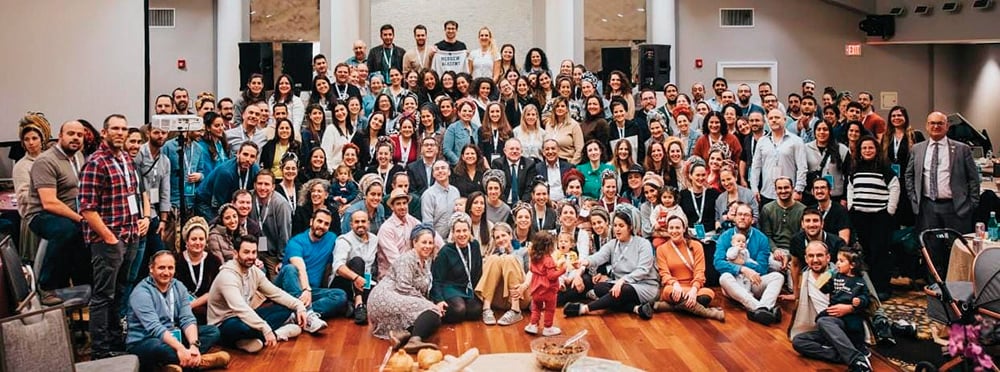Last year, I wrote an article for this paper on my experience being on Har HaBayit on 17 Tammuz and Tisha B’Av, and the loss I felt not being there this past year. (You can read the article at https://jewishlink.news/features/32756-stop-crying-start-building.)
When I wrote that last year, I couldn’t imagine the distance I would feel from Israel this Tisha B’Av. For the first time since the founding of the Jewish state, an American Jew cannot just get up and go visit Israel. We feel a small taste of what Jews felt for most of history, when they could dream of making it to Jerusalem, but were prevented from actually fulfilling this dream.
I was fortunate to have made a trip this past January, during the yeshiva break here and only a few weeks before the whole world shut down. As I always do when I am in Israel, I made a visit to Har Habayit with my family. Every time I have been there has been different; the situation on the ground is always changing, and I usually learn something new. But this time was a dramatically different experience.
You probably know that Jews (and all non-Muslims) are only able to enter the Temple Mount a few hours a day, and even during those hours are not permitted to pray, carry religious articles or demonstrate any sort of religious expression such as bowing or singing. This is a major part of what is referred to as the “status quo on the Temple Mount,” which every Israeli government since 1967 has been committed to maintaining.
During this trip, I learned a new detail about this status quo. The Israeli Supreme Court has ruled that the government may not prevent people of any religion from praying on the Mount. However, if on a given day the police determine that security interests require such a limitation on prayer, they are authorized to prioritize the security situation. And so it has been, every day for the past 50 years.
But I discovered there is a small new organization called Yeshivat Har Habayit that is working within the status quo to enable a deeper Jewish connection to our holiest site. They work with the local police authorities to determine if the security situation on a given day would allow for limited prayer in a secluded part of the mountain. And so it was that when we visited this past Rosh Chodesh Shevat, there was a minyan for Shacharit and Mincha on Har Habayit. There was no tallit, tefillin or Torah, but there was kaddish, kedusha, and birkat kohanim, all done quietly with a unique nusach extensively researched by the yeshiva for exclusive use on Har Habayit. After the morning minyan, there was a Daf Yomi shiur given by the rosh yeshiva.
Participating in this minyan was one of the most spiritual experiences I’ve had in my life. It was as if the words I was saying were coming true as I was saying them, right in front of my eyes. And this is how the next steps of the redemption will occur. Not with wind and earthquakes and fire, but with the soft voice of prayer (cf. I Kings 19:11-12). And once the gates of Israel open up again, any of us can participate just by showing up.
I have kept in touch with people involved with the yeshiva, and they will be hosting a special online shiur and discussion on the topic of Jewish prayer on Har Habayit, to take place on July 26, the Sunday before Tisha B’Av. The program is free, and I encourage everyone with an interest in this topic to join and hear straight from Jerusalem about these amazing developments happening right now. You can register for the program at yeshivatharhabayit.org. Next year, together, healthy and safe, in a fully rebuilt Jerusalem!












